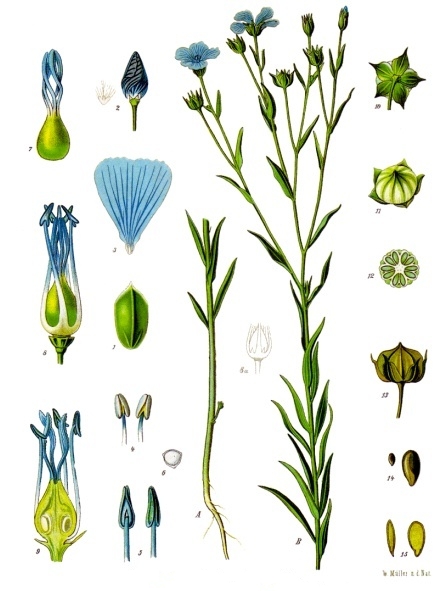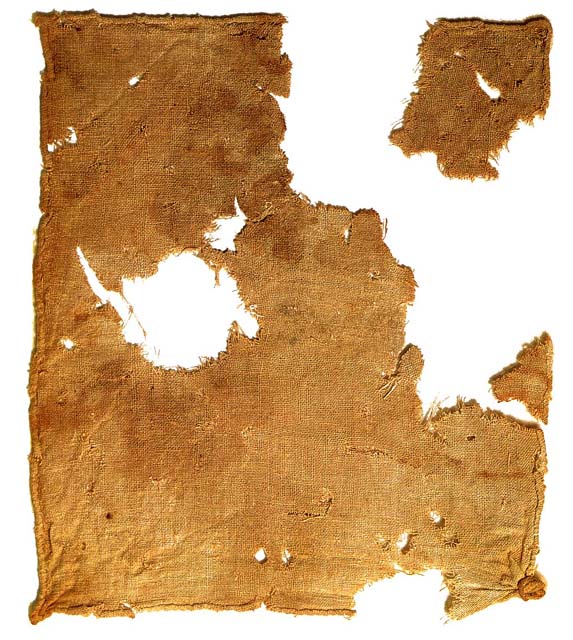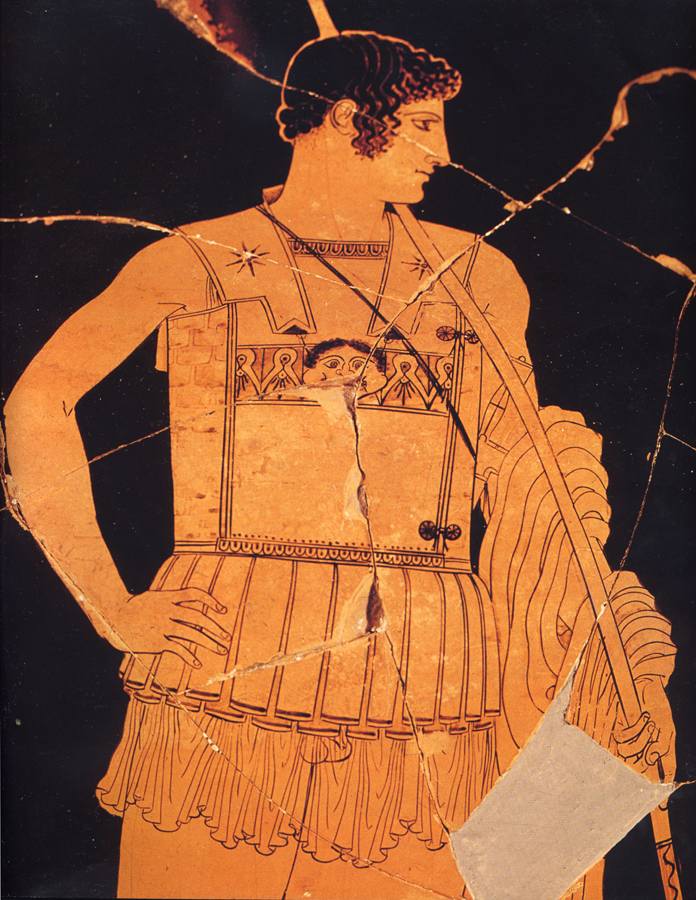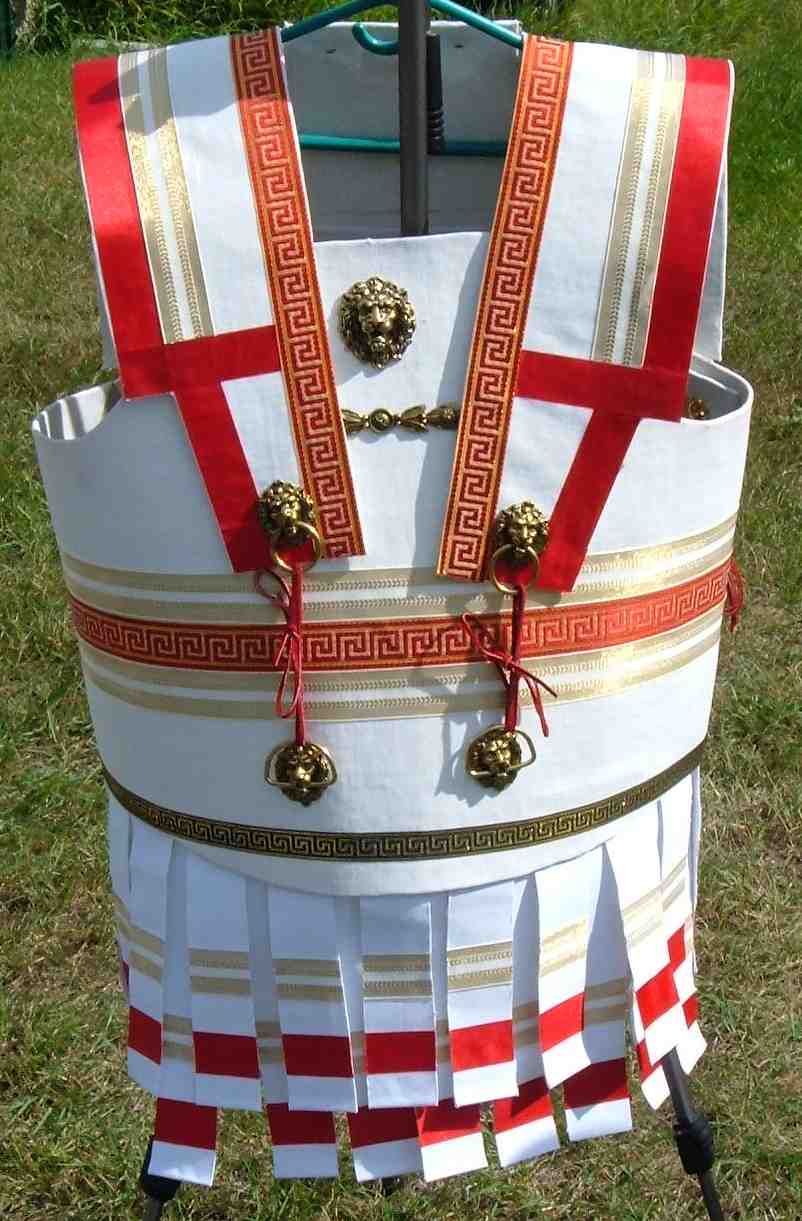Plants Once Outfitted Warriors
Alexander the Great wearing linothorax battle armor (credit: The Linothorax Project)
The Greeks are well known for many things---their arts, philosophical concepts, scientific observations---but their battlefield technology was equally well developed. To this day, the story of King Leonidas leading his army in the Battle of Thermopylae is studied at military academies and depicted in film. The battles of Alexander the Great are legendary. Few would have believed that Trojan and Athenian warriors would have fought the Peloponnesian War and defeated the Persians dressed in kilts and tunics made of linen.
Linen is spun from fibers produced by the flax plant (Linum usitatissimum). To the ancient Greeks, linen meant: the most useful kind of flax. The fibers are the strongest known in the plant kingdom, up to three times that of cotton, and produce a fabric exceptionally cool in hot, dry weather. The Greeks wove the linen fibers into a tight suit of armor their warriors wore into battle, called a linothorax.


Flax plant flowers and ancient linen fabric (credit: Wiki-commons)
This unique military gear had been known from classic war chronicles and depictions on ceramic jars but no actual samples have survived since antiquity. Now, research by The Linothorx Project at the University of Michigan Ann Arbor, a university known for some modern warriors of its own, has recreated the battle outfit of the Greeks. The armor performs as described in the accounts from antiquity. Using available literary and artistic sources, the University's interdisciplinary team of historians, archaeologists, and designers reconstructed linothorax vests using only authentic fabrics, patterns, and glues that would have been available to the classic Greeks.


Classical linothorax design and contemporary reconstruction (credit: Linothorax Project)
The Green Bay researchers designed and reconstructed the ancient gear and discovered the outfits originally were made using layers of linen and a glue made from rabbits. The re-constructed fabric was tested with arrows shot and sword slashed. The points and blades did not penetrate the super-tough, layered cloth. The linen vest would have basically protected the Greek warriors in battle.
To the genius and creativity that produced the Parthenon; bronze statues admired for their natural human beauty; the geographic histories of Herodotus; and theater works that continue to inspire, can now be added military gear of protective suits made from linen. A book Reconstruction of Ancient Body Armor has been published and now available. WHB